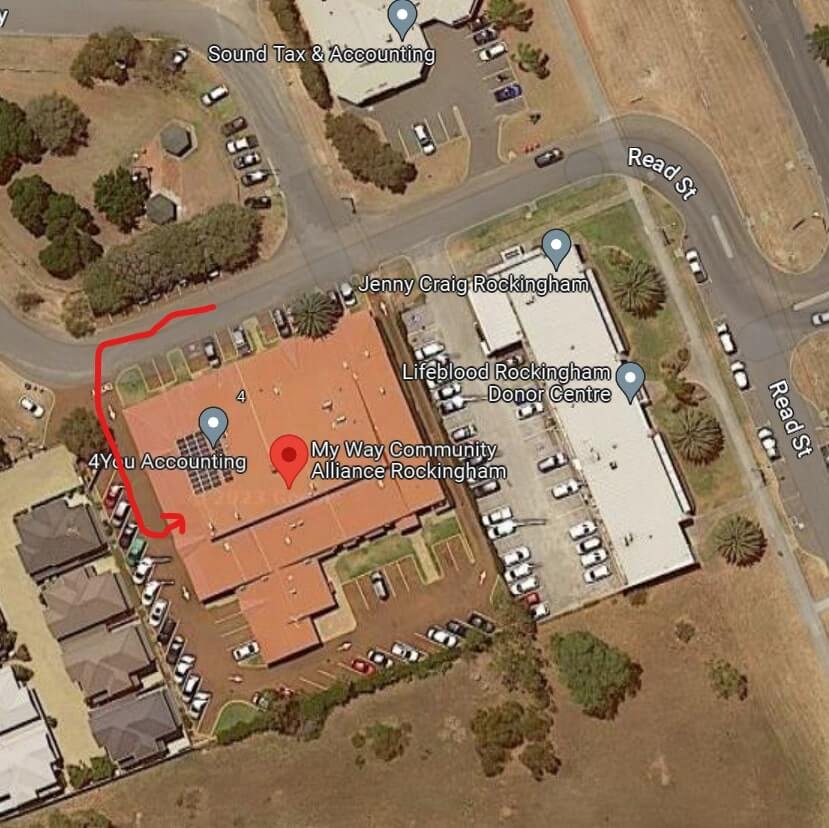The Support At Home programme, commencing from 1 November 2025, replaces existing in-home aged care services and provides targeted supports for older Australians to live independently at home.
Assistive technology (AT) includes products and equipment such as mobility aids (e.g., wheelchairs, walking frames, and rollators) to support daily functioning, while home modifications (HM) may include related adaptations like ramps or stairlifts. These are delivered through the dedicated Assistive Technology and Home Modifications (AT-HM) scheme, which is funded separately from other programme budgets and based on assessed needs.
The AT-HM scheme uses the AT-HM List, categorised according to AS/NZS ISO 9999:2023 standards, to define eligible items. Mobility aids fall under the “Mobility” function (ISO 12), with examples including walking aids (e.g., walking sticks, crutches, rollators), wheelchairs (manual, power-assisted, and accessories like cushions), transfer aids (e.g., hoists, lifting belts), and vehicle adaptations (e.g., wheelchair loading systems). Home modifications for mobility, such as portable ramps or stairlifts, are under “Vertical accessibility” (ISO 18 30).
Eligibility for AT and mobility aids is determined through an aged care assessment for individuals aged 65 years and over (or 50 years and over for Aboriginal and Torres Strait Islander people, or those at risk of or experiencing homelessness).
New participants undergo this assessment to identify needs for products, equipment, or modifications to live safely and independently at home.
For participants transitioning from Home Care Packages (HCP), any unspent HCP funds must be used first for AT or HM before accessing AT-HM scheme funding. Extra funding over a longer period may be available for specific needs, such as assistance dogs or progressive conditions requiring complex mobility supports.
From 1 July 2025, assessments use the Integrated Assessment Tool as part of a single assessment system. An assessor collaborates with the participant to evaluate needs, goals, strengths, and conditions, resulting in an individual support plan. For AT and mobility aids:
The support plan provides a broad overview of the participant’s assessed needs and serves as the basis for funding and services, including AT and HM. If approved for the AT-HM scheme, the plan specifies separate funding tiers for AT and HM. Providers must source items from the AT-HM List, prioritising the “loan-before-buy” principle by checking availability through the National Assistive Technology Loans Scheme (AT Loans Scheme) in partnership with state and territory governments before purchasing. Wrap-around services, such as setup, training, and coordination, are included in funding.
Funding is available in three tiers for both AT and HM, with 12-month expenditure periods (extensions possible for high-tier HM up to 24 months with evidence of progress, or longer for progressive conditions):
Support At Home providers are responsible for arranging, sourcing, supplying, installing, and coordinating AT and HM, including mobility aids. For example:
